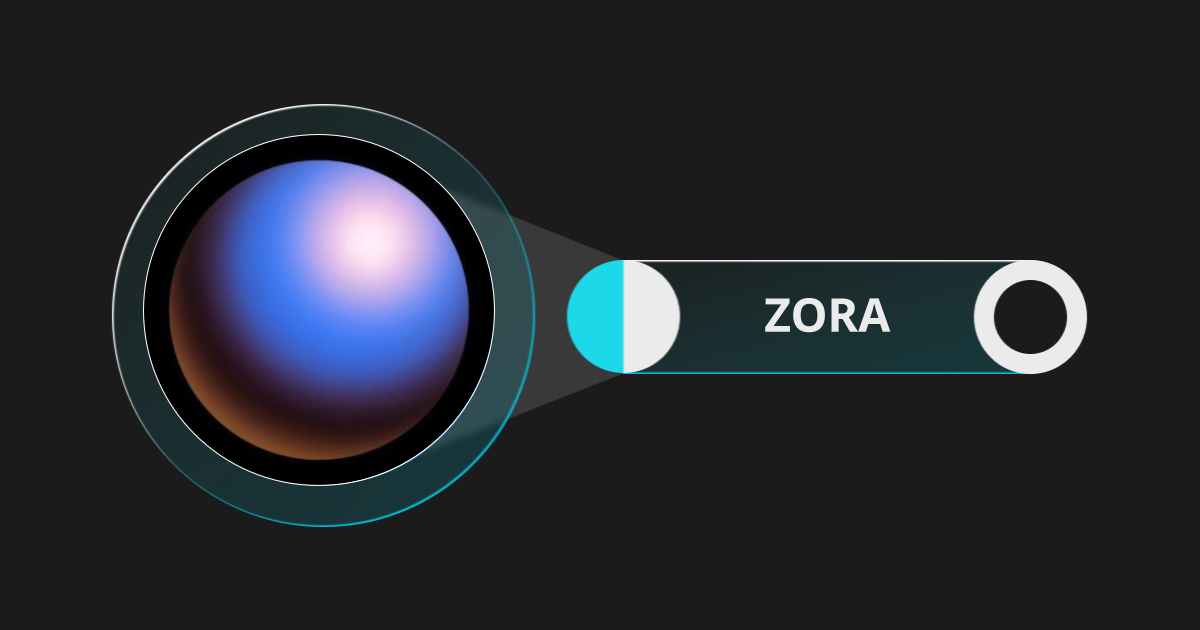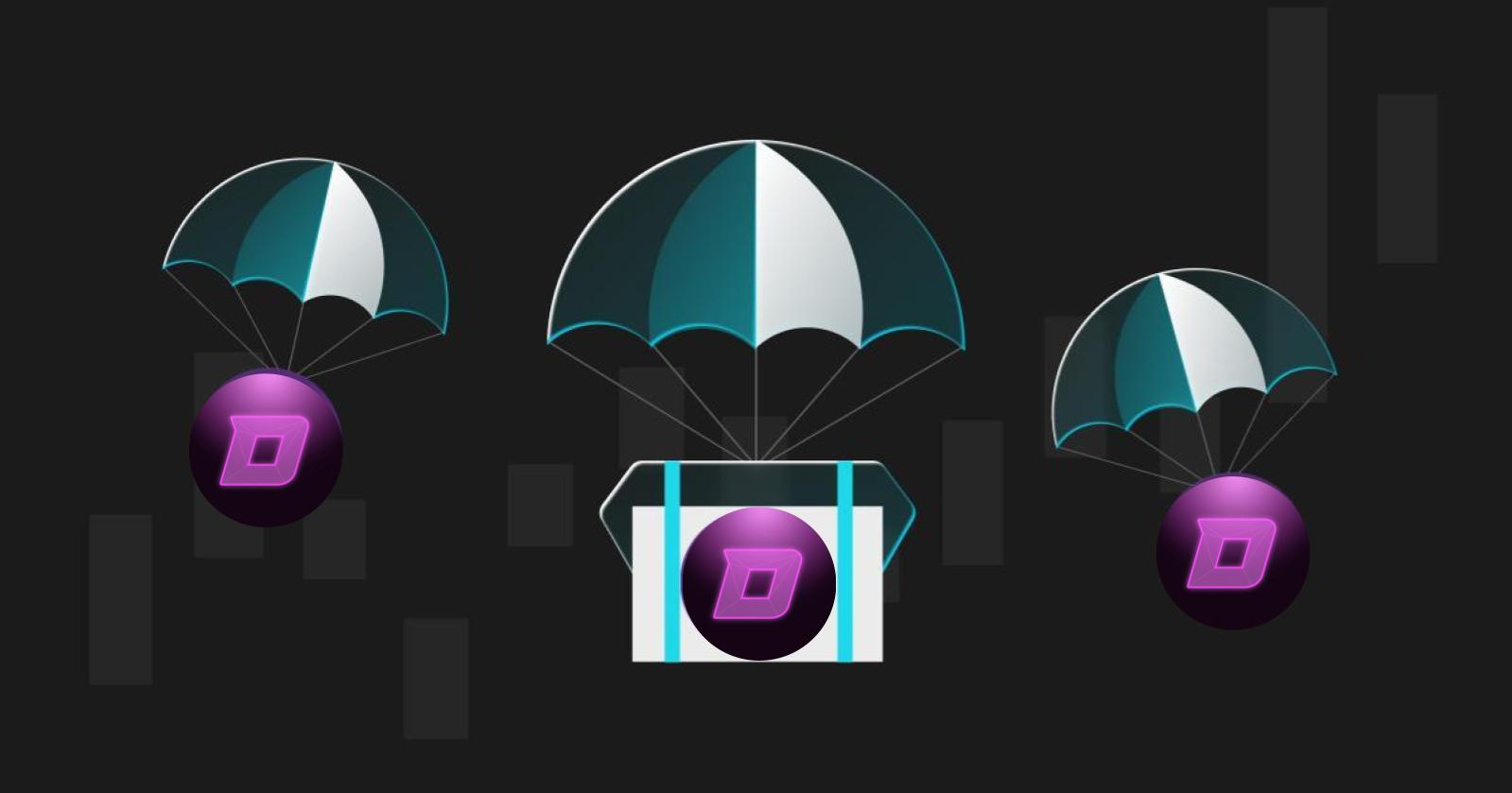What Is Somnia Network (SOMI)? SOMI Airdrop, Tokenomics, and What Might Happen to the Price Post-Launch
In November 2024, Somnia Network stunned the crypto world by showcasing over one million transactions per second in its DefNet stress test — a number that put it far ahead of most blockchains on the market. The demonstration immediately sparked attention across the industry, positioning Somnia as a project with the potential to reshape how we think about scalability and real-time blockchain use cases. Since then, excitement has continued to grow around its upcoming launch.
A big part of that excitement centers on SOMI, the network’s native token, and the first airdrop campaign that rewarded early supporters. With strong community engagement and even major exchanges lining up to list the token, Somnia has quickly become one of the most talked-about projects of 2025. In this article, we’ll explore what Somnia Network is, how it works, the tokenomics behind SOMI, key details of the airdrop, and what might happen to the price once trading goes live.
What Is Somnia Network (SOMI)?

Somnia Network is a new Layer-1 blockchain built to power real-time applications such as gaming, metaverse environments, and decentralized social platforms. Unlike many other chains, Somnia emphasizes both high throughput and sub-second finality, making it capable of supporting experiences that require instant responsiveness. By being EVM-compatible, it also allows developers to easily port existing Ethereum-based applications and smart contracts without major adjustments.
The project is developed by the Virtual Society Foundation (VSF), a non-profit initiative created by technology company Improbable and its metaverse project MSquared. It is led by Paul Thomas, who serves as Somnia’s founder and CEO. Their vision is to build the foundation for a “virtual society,” where millions of users can interact seamlessly in fully on-chain environments. Whether it’s large-scale online games, metaverse events, or complex DeFi applications, Somnia is designed to provide the scalability, speed, and reliability that these use cases demand. At the center of this ecosystem is its native token, SOMI, which powers transactions, staking, validator rewards, and future governance.
How Somnia Network (SOMI) Works
Somnia is designed to deliver the speed and scale that real-time Web3 applications demand. Instead of relying on traditional consensus and execution methods, it combines parallel transaction processing with near-native code execution to achieve performance levels rarely seen in blockchain. These innovations make it possible to support large-scale gaming, metaverse events, and advanced DeFi platforms entirely on-chain.
● Multi-Stream Consensus: Validators each run their own “data chain” while a separate consensus chain finalizes and orders them, allowing massive parallel throughput and scalability.
● Accelerated Sequential Execution: Somnia compiles Ethereum smart contracts into native x86 machine code, enabling millions of simple transactions per second on a single CPU core.
● ICEdb Database: A custom-built, high-speed database optimized for nanosecond-level access ensures smooth performance even under heavy loads.
● Sub-Second Finality: Transactions are confirmed almost instantly, critical for gaming, metaverse, and interactive Web3 applications.
● Deflationary Token Mechanics: All fees are paid in SOMI, with 50% of gas fees burned to gradually reduce supply and support long-term value.
Together, these features position Somnia as one of the few blockchains capable of bringing real-time, large-scale virtual experiences fully on-chain.
Somnia Network (SOMI) Tokenomics

Somnia Network (SOMI) Supply Schedule
SOMI is the native token of Somnia Network, serving as the backbone of the ecosystem. It is used to pay gas fees, secure the network through staking, reward validators, and will eventually power on-chain governance. With a fixed supply of 1 billion tokens, SOMI’s tokenomics are structured to incentivize growth while limiting inflation and promoting long-term sustainability.
In terms of distribution, 11% of the supply is allocated to the team, 15% to launch partners, 15.15% to investors, and 3.58% to advisors — all subject to cliffs and multi-year vesting schedules. To drive adoption, an Ecosystem Fund receives 27.345% of the supply, while 27.925% is reserved for community incentives, validator rewards, and airdrops. At launch, about 16% of tokens entered circulation, with the remainder unlocking gradually over the next three to four years.
To further support value, Somnia introduced deflationary mechanics: 50% of all gas fees are permanently burned, steadily reducing circulating supply as network usage grows. This combination of capped supply, structured unlocks, and fee burning is intended to reinforce SOMI’s long-term sustainability.
SOMI Airdrop: Everything You Should Know
To reward early supporters and kickstart community adoption, Somnia launched its first SOMI airdrop in 2025. This campaign was designed to recognize active testnet users, community contributors, and NFT holders, distributing around 5% of the total supply to those who helped build momentum before the token’s launch. An official eligibility checker was introduced so participants could confirm whether they qualified to claim rewards.
● When It Happened: The airdrop campaign began in mid-2025, shortly before the token generation event (TGE). SOMI’s first pre-market trading was set for August 25, 2025, giving early access to participants ahead of a broader launch.
● Eligibility: Open to early testnet participants, creators, developers, Discord role holders, and NFT owners, while users from restricted regions like the U.S. and U.K. were excluded.
● Allocation: About 4.3% of supply went to testnet users, with smaller shares distributed to creators, community content builders, and holders of Somnia-related NFTs.
● Claim Process: Participants had to connect an EVM-compatible wallet, verify eligibility, and complete on-chain quests. Only 20% of rewards unlocked immediately, while the remaining 80% vested gradually over 60 days.
● Bonuses: Certain top supporters — such as key role holders or special NFT owners — received their allocations fully unlocked at launch.
● Claim Window: Tokens needed to be claimed within 90 days, after which any unclaimed amounts were returned to the ecosystem fund.
This airdrop not only rewarded Somnia’s earliest adopters but also strengthened community engagement ahead of SOMI’s debut, ensuring that
SOMI Token Price Prediction: What Could Happen After Launch?
SOMI entered pre-market perpetual futures trading on August 25, 2025, providing an early opportunity for price discovery before broader spot listings. In its initial sessions, SOMI traded around $1.455, with a 24-hour low of $1.332 and a high of $1.697. More than 44.45 million SOMI were exchanged within that period, equal to about $64 million in trading volume, indicating substantial early activity for a new token.
● Short-Term Outlook ($1.30–$1.70): Early trading showed daily gains of about +2.46%, but the wide price range suggests that volatility is likely to persist in the near term. Short-term price movements are expected to remain within the $1.30–$1.70 band as the market adjusts to initial supply and speculative demand.
● Mid-Term Factors ($1.20–$2.00): With only around 16% of the total 1 billion tokens unlocked at launch, supply remains limited, which could provide upward support. However, scheduled unlocks over the next 36–48 months will gradually increase circulating supply, which may create pressure on the token’s price. A reasonable mid-term range could be between $1.20 and $2.00, depending on adoption and market conditions.
● Long-Term Drivers (above $2.00 if adoption succeeds): The long-term value of SOMI will depend on real-world demand for the Somnia network. If adoption grows in gaming, metaverse, and high-throughput applications, SOMI could move sustainably above $2.00. The token’s deflationary mechanism — with 50% of gas fees burned — is intended to reduce supply over time, potentially supporting value if network usage increases.
Over time, the token’s trajectory will be shaped less by speculation and more by Somnia’s ability to deliver adoption and integrate its high-performance technology into real-world applications. However, the crypto market is inherently uncertain, and these predictions should be viewed as possibilities rather than guarantees. Investors are encouraged to do their own research (DYOR) and manage risk carefully.
Conclusion
Somnia Network represents one of the most ambitious blockchain launches of 2025, combining a high-performance Layer-1 architecture with a vision to power real-time gaming, metaverse experiences, and next-generation Web3 applications. With its native token SOMI, capped at one billion and supported by deflationary mechanics such as gas fee burning, the project has positioned itself as a strong contender in the blockchain space. The early airdrop rewarded engaged community members, while the tokenomics are designed to balance ecosystem growth with long-term sustainability.
What comes next for SOMI will depend on adoption, developer activity, and how the broader market embraces Somnia’s technology. Could it become the backbone for on-chain gaming and metaverse projects, or will it struggle to meet expectations in a competitive landscape? The answers will unfold as the project matures, keeping both investors and developers watching closely to see where SOMI goes from here.
Follow Bitget X Now & Win 1 BTC – Don’t Miss Out!
Disclaimer: The opinions expressed in this article are for informational purposes only. This article does not constitute an endorsement of any of the products and services discussed or investment, financial, or trading advice. Qualified professionals should be consulted prior to making financial decisions.



